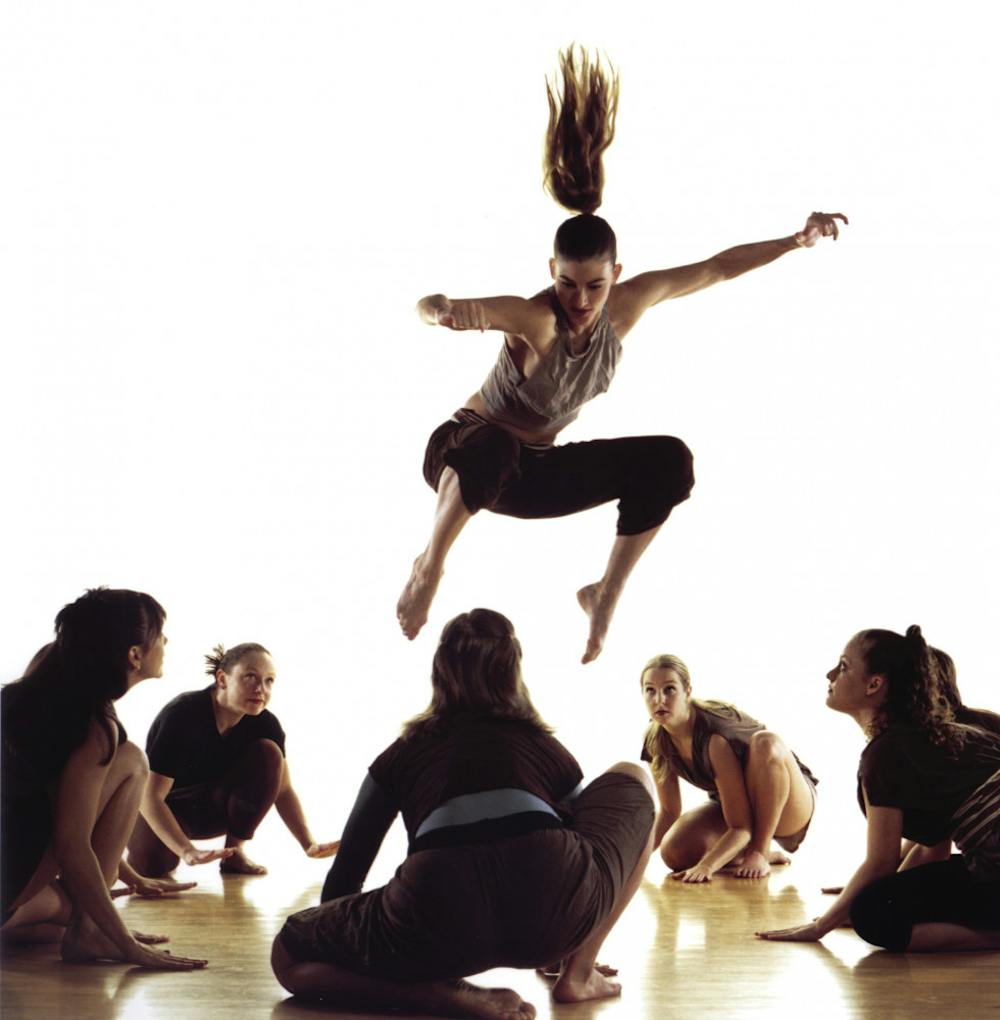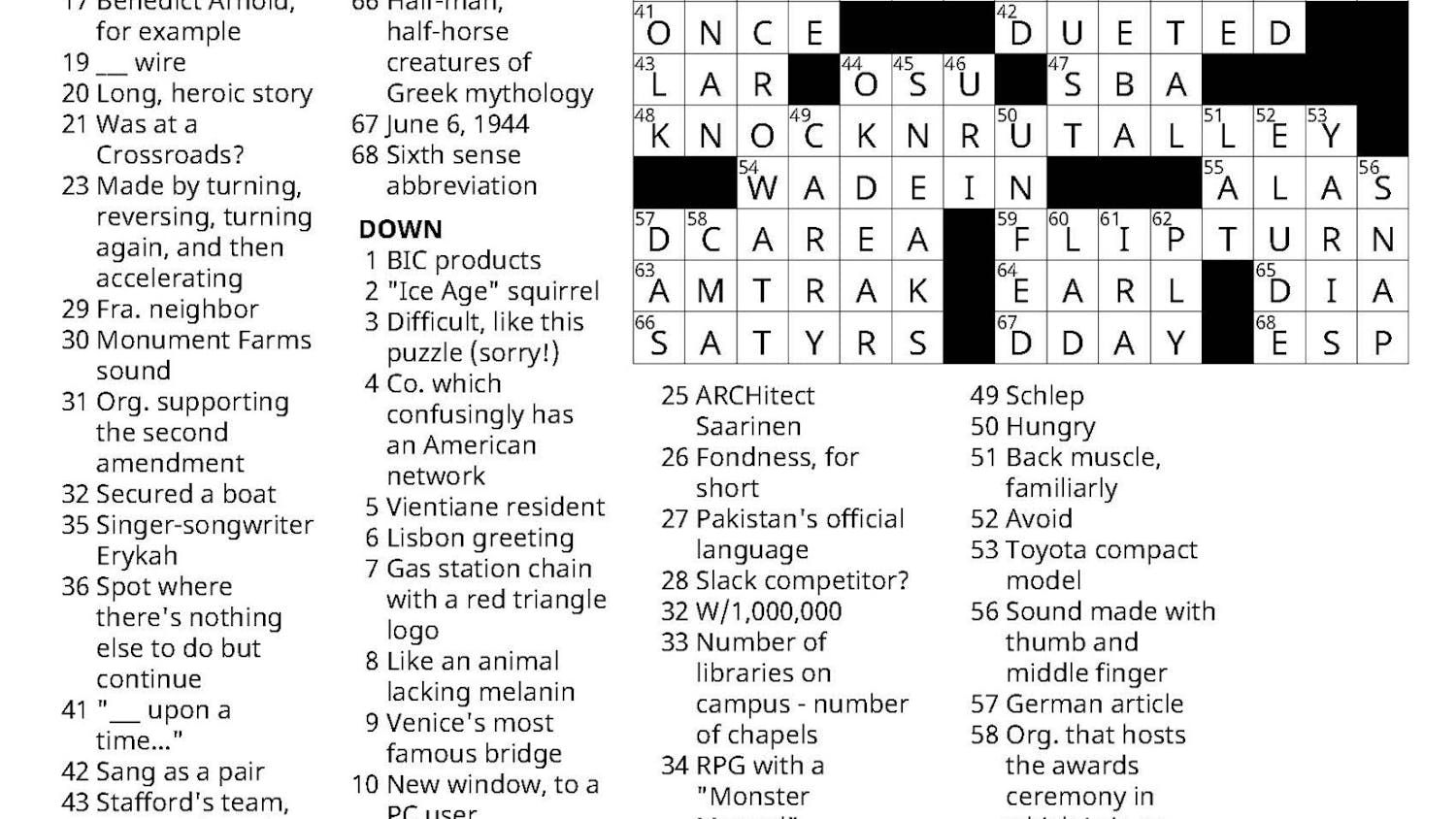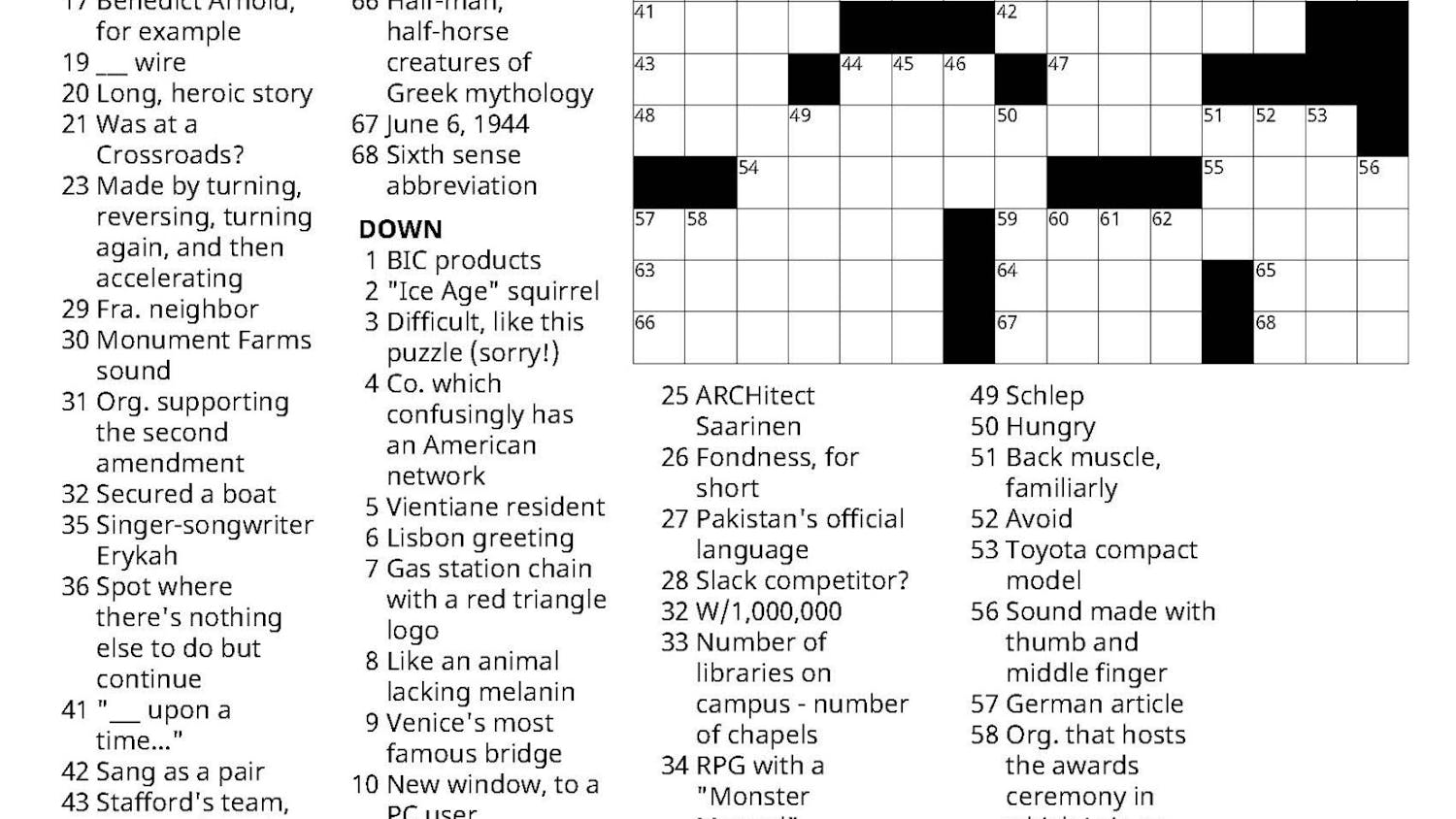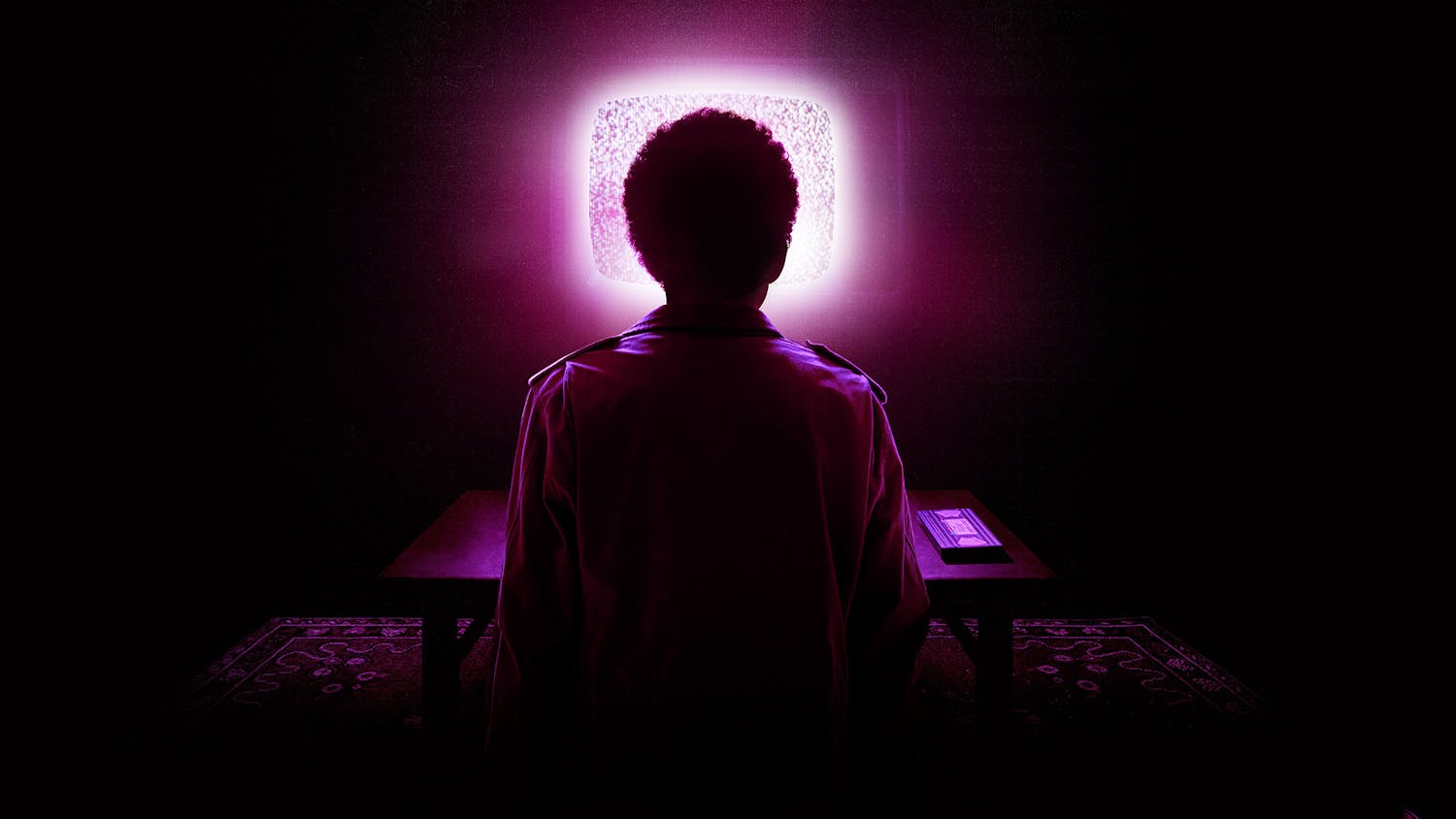On Sept. 18 at the Kevin P. Mahaney ’84 Center for the Arts Dance Theatre, artists brought together by connections to North Carolina and Vermont presented NC Dances VT, an evening of dance works by The Van Dyke Dance Group, the University of Vermont’s Coordinator of Dance Paul Besaw and Assistant Professor of Dance Christal Brown. The concert was composed of six works quite distinct in character, yet all the pieces incorporated some common heritage of the choreographers’ experiences in North Carolina and Vermont.
We tend to consider the sweat arising from physical exertion as undesirable or gross, but the human body is capable of so much dynamism and expression in movement achieved by intense physical effort. The evening of dance performances reminded us of those possibilities of beauty in physicality, beginning with the piece “Tract,” choreographed by Besaw and performed by Brown and Vermont area dancers Misha Bailey, Hanna Satterlee and Marly Spieser-Schneider.
The stage was centered by musician D. Thomas Toner, who stood playing the marimba in a spotlight as the female dancers, dressed in matching blue, swirled around him in circular motion for much of the piece. The live performance of the music within the dance raised the question of the interaction of music and dance in performance. We often focus on the visual of the dancers moving through space while taking for granted the strong emotional effect the music can have on us as viewers. At several points during the piece, the dancers slowed their movements to cause a visual shift towards Toner, who continued to move at his own pace with the music in center stage. At the close of the piece the four dancers strode off the stage at a run while intensely gazing at the audience, as if to question what we notice and where our focus lies.
“A Sense of Order,” choreographed by Jan Van Dyke, featured The Van Dyke Dance Group’s Laura McDuffee, Christine Bowen Stevens and Kelly Swindell depicting scenes of repetitive and ritualistic daily life, presumably of working women in costumes that evoked hotel maids. The motion of the three dancers was mechanical and strictly rhythmical, as if constrained and dictated by the clock — as is often the case in a busy working life. The three women formed various trio formations, each depending on and supporting the others, though at a few points rectangular blocks of light would illuminate the floor and cause the trio to break up momentarily. A striking moment near the end of the piece was when two of the dancers backed out of such a corridor of light and were dramatically obscured by darkness at the back of the theatre before reemerging to continue going through their motions as before, as if hinting at a possibility for escape from the stark black and white colors and rhythms of their routine.
The third piece, “Pastor of Souls,” was certainly the most visually unusual work of the evening. Besaw appeared onstage wearing sneakers, sweatpants, a scrub shirt, latex gloves and a blue surgical mask while holding a box of tissues under his arm. Moving deliberately and slowly in a disturbing green light, he conjured an air of eeriness as he began doling out tissues one by one from the box. The first one he drew out of the box agonizingly and spent much time floating and waving it about before letting it fall to the ground, but by the end of the piece, after offering the box to a front-row audience member, he frantically pulled tissue after tissue out of the box and threw them into the air. It seemed to connote a disposable and consumerist attitude about medical care that promises remedy after remedy to be used and disposed of at a whim.
The next piece, choreographed by Brown and performed by New York City dancer Beatrice Capote, was titled “Miss Universe,” and began with an accordingly stunning visual. In the pitch black theatre, Capote stood slowly revolving over a small globular projector that lit up the inside of her thin white hoop skirt with patterns of stars. But as the theatre filled with light and the music changed, Capote stepped out of the skirt and shifted swiftly from the delicate revolving motion to an energetic and lithe freedom of movement that was richly satisfying to watch. She vacillated several times between this fulfilling motion and contrasting measured and careful quality as she focused on the skirt or the black star globe. At one point, while dancing with the skirt on, the audience was left waiting for her to abandon the hindered motion the skirt allowed and to leap out into freedom again. This contrast suggested a struggle between the inner forces and passions we all possess, and the controlled, proper image that we desire to show the world, and this work certainly hinted at the depths of possibility within.
“The Life and Times” by Van Dyke was a stirring duet between Besaw and Swindell, who portrayed the progression of a relationship between a man and a woman. The piece was elegantly framed by parallel movements in the beginning and end. At first the couple stood in separate, distanced spotlights, sliding back and forth in sync to the music, but the piece closed with them sharing one spotlight, Besaw behind Swindell as she held up her left hand at a right angle to frame his face. Within the narrative of their interaction, their respective movement qualities revealed the personalities of their characters while also complementing each other in moments of embrace or contact. It seemed to be a story of mutual support and understanding that withstood the challenges of time and conflict.
The ending piece of the evening was “Interiors,” a work-in-progress by Brown. Opening with shy body language and the quiet sound of her singing, Brown evoked a young and unsure individual who gradually gained comfort with the stage and found her voice — a moment marked by a burst of confidence in her movement and a shift to orange lighting. Yet in the midst of this self-discovery she found loneliness and fear as sounds of whispers and voices flooded the theatre and Brown whispered, “Is anybody here?” over and over again. The audience discovered a cause of her distress as the audio clip played, “An unarmed teenager was shot and killed today,” and as she pointed two fingers in the shape of a gun towards the door. Her motion and the sound changed to qualities of defiance and strength as the words, “I’m gonna dance my God-damned dance” reverberated through the theatre, and the audience felt Brown’s power and the will to find her own truth amidst all of the voices and confusion of a seemingly unjust reality through her body and expressions.
NC Dances VT presented a wide variety of choreography and artistic expression, and it is clear that all had a strong message to convey to the audience, though what that message was may have been different to each person. Such is the nature of experiencing dance.
Collaboration Brings Dynamic Dance

Comments



